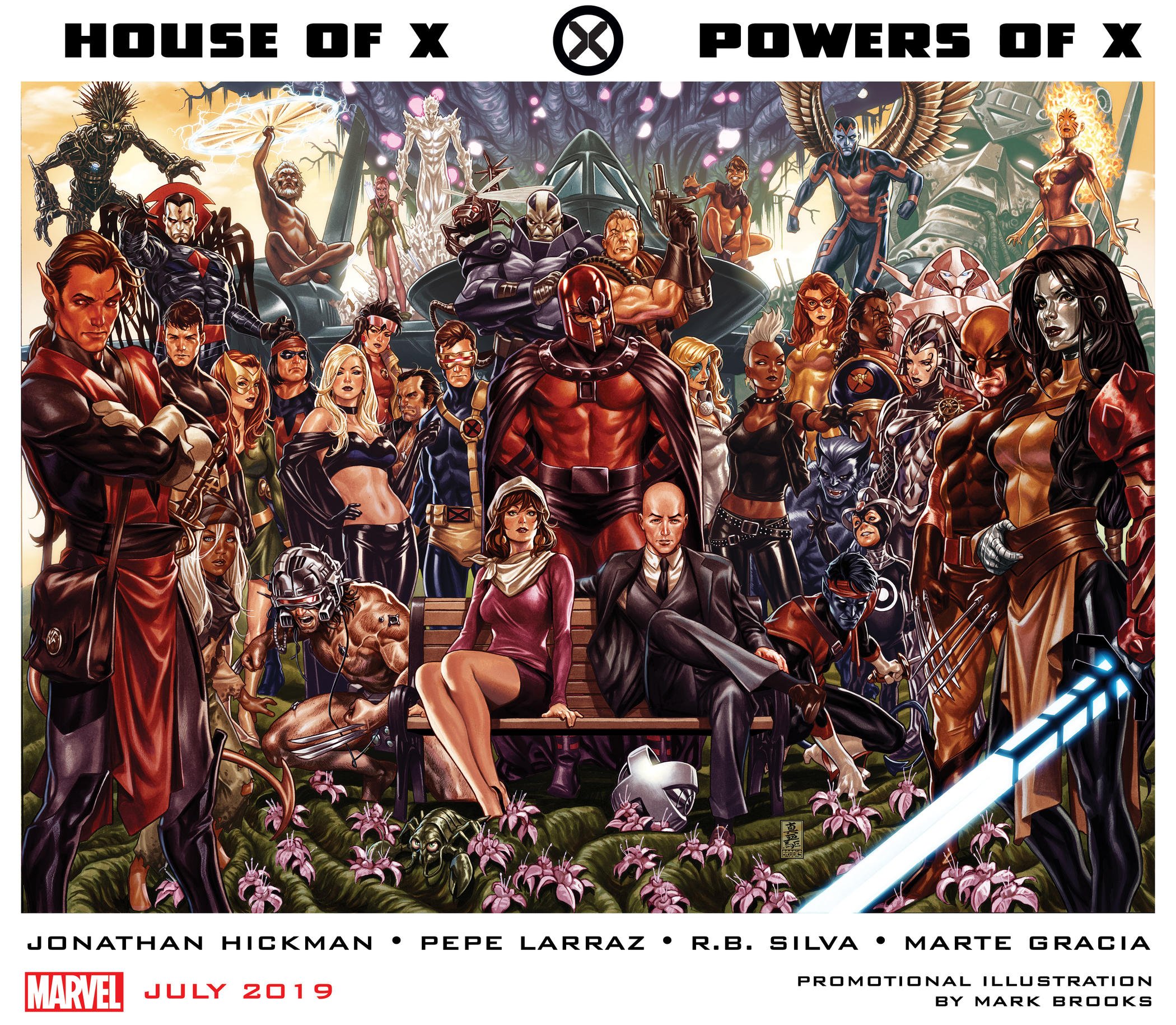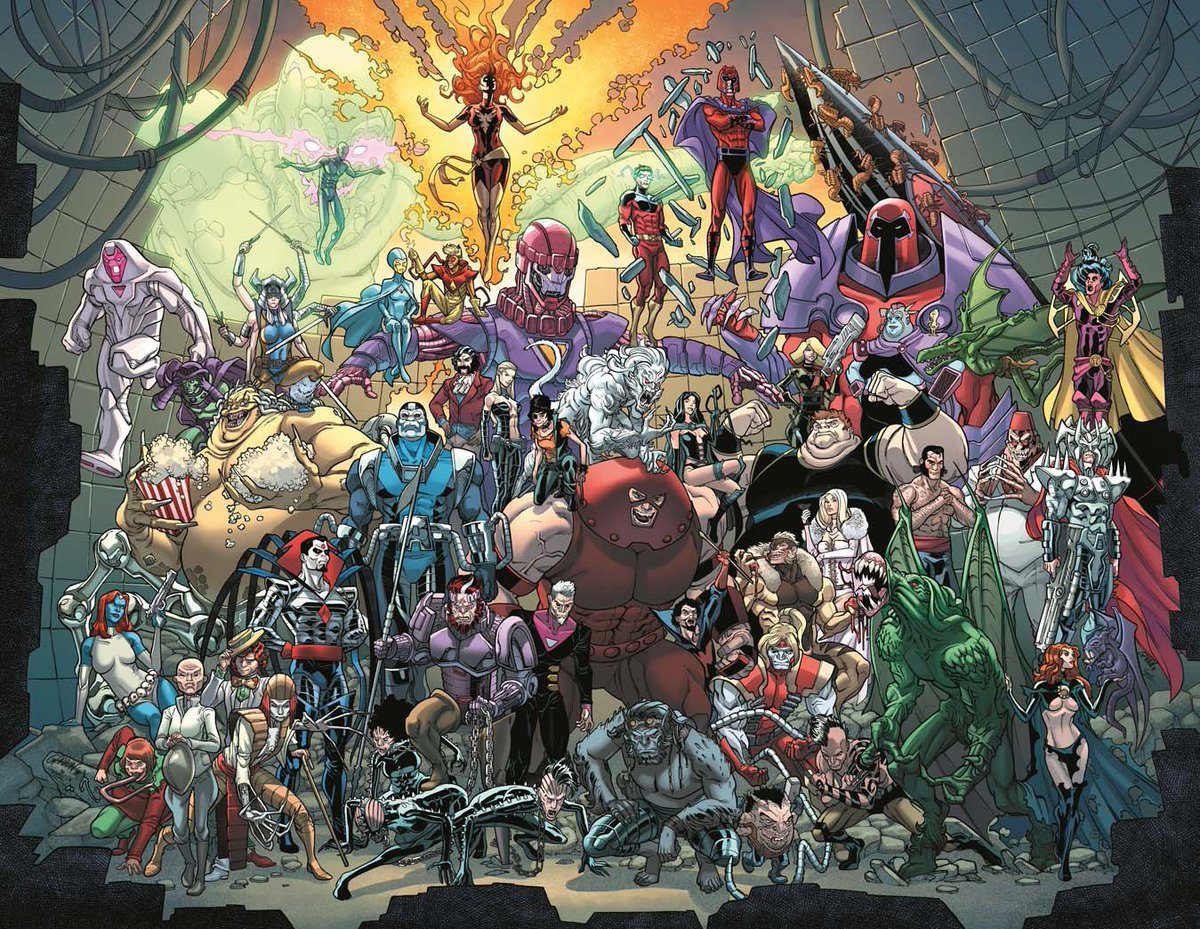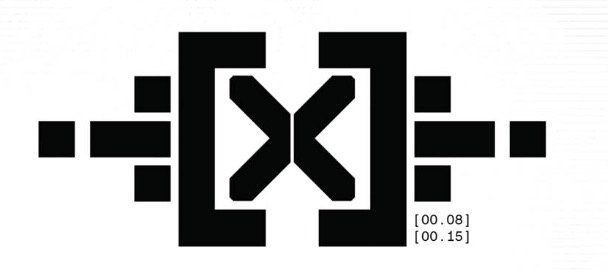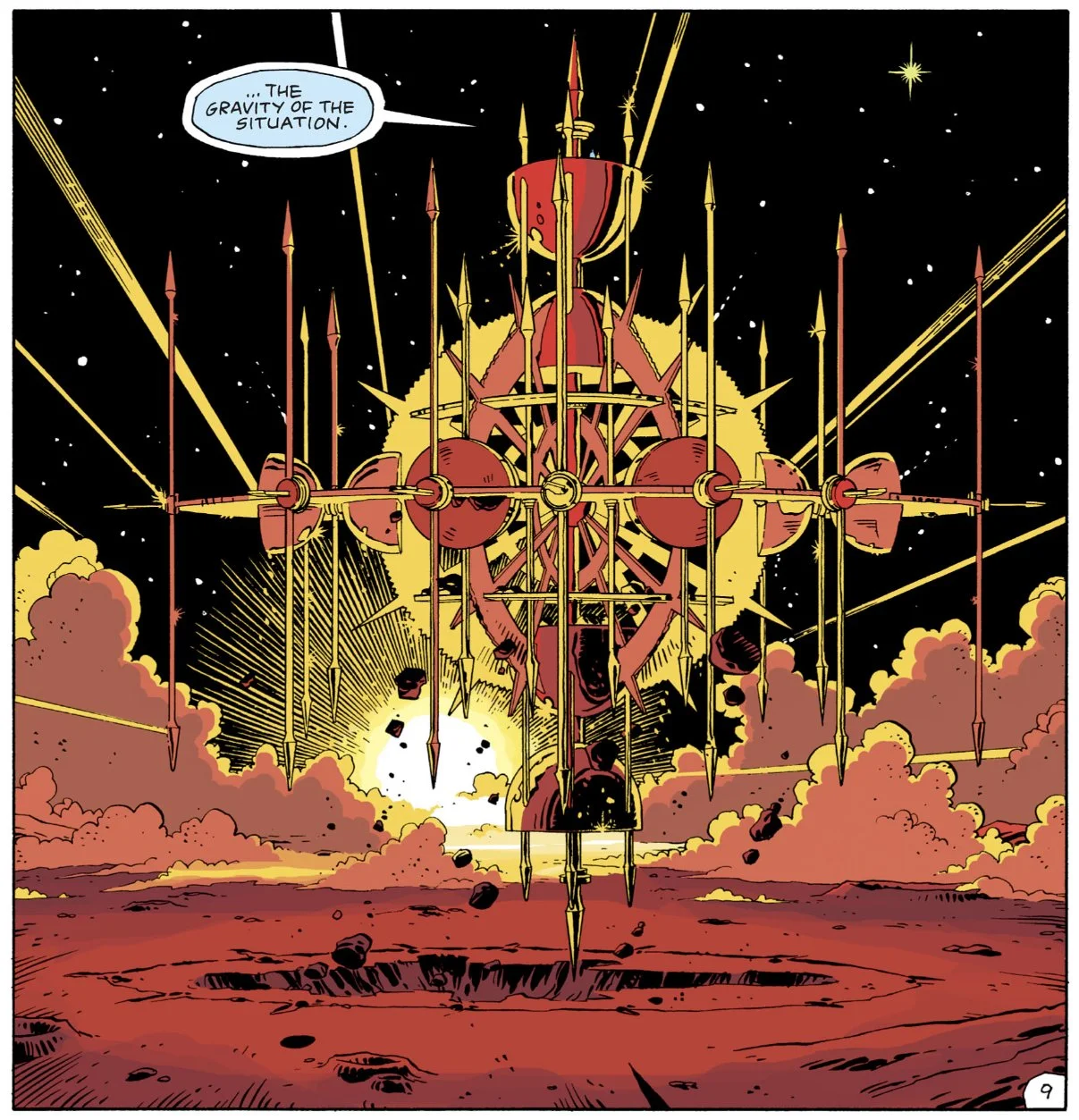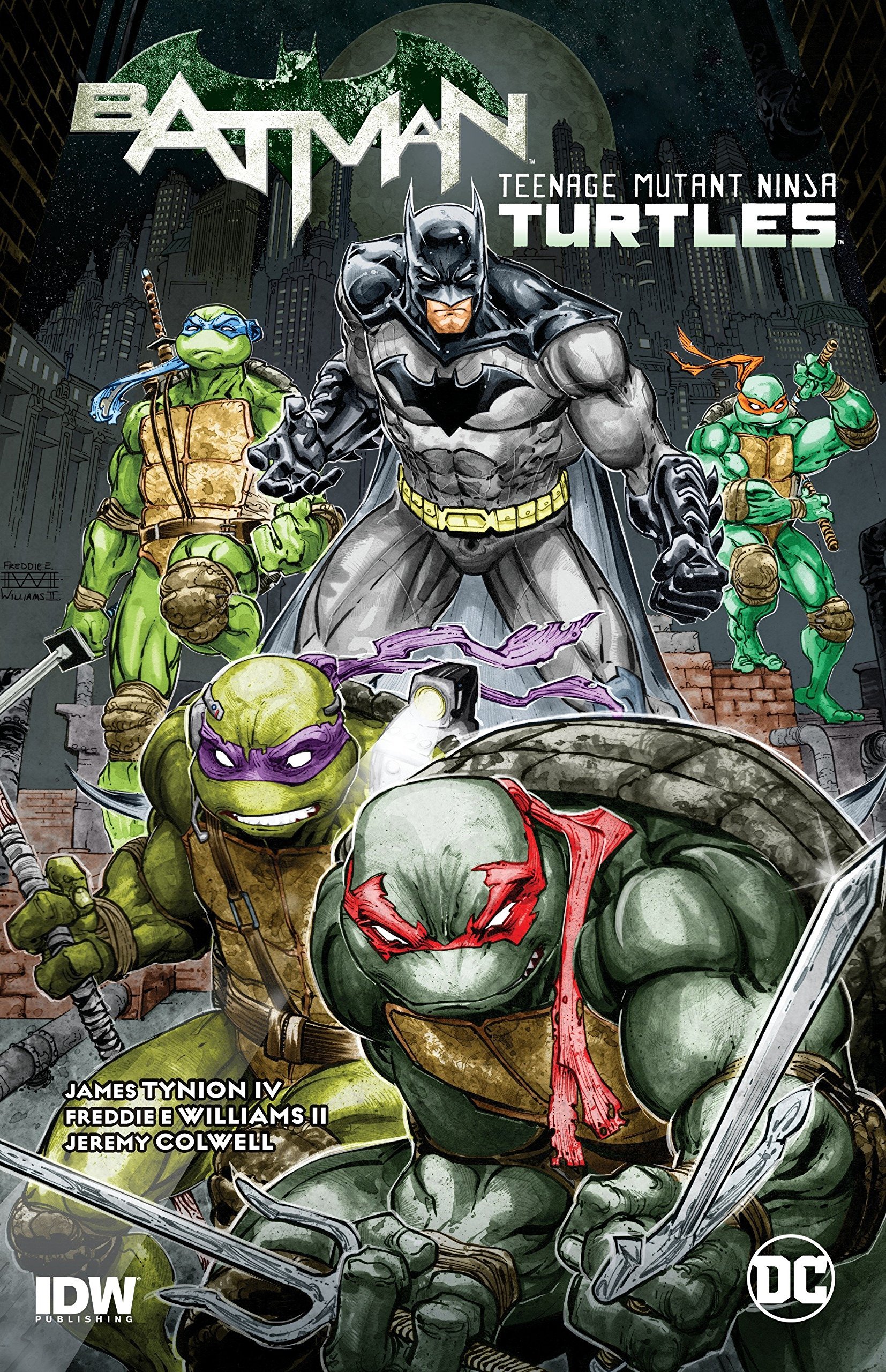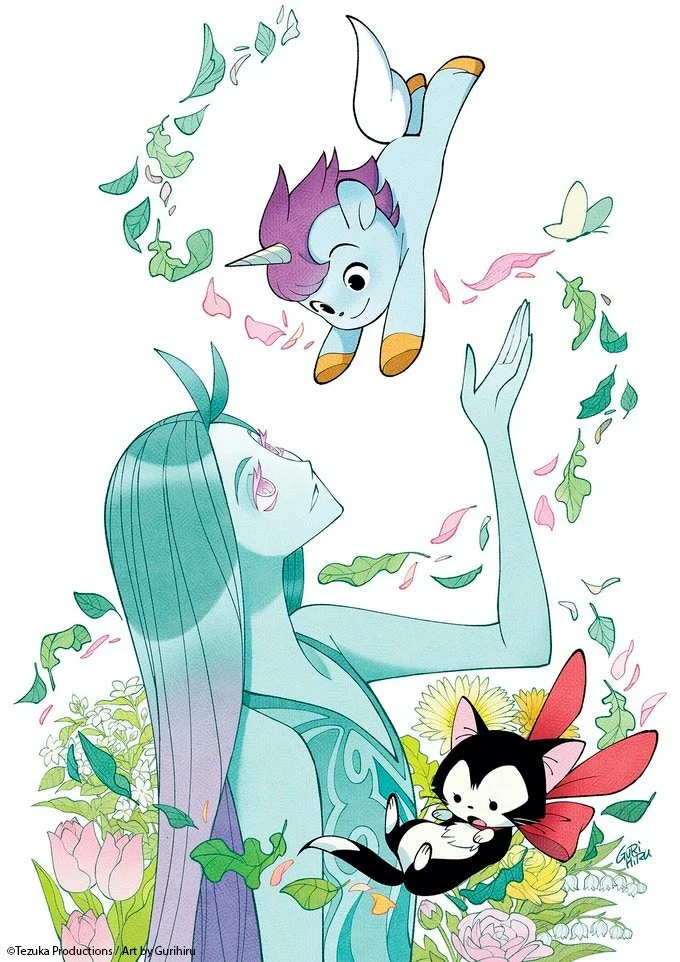What are HEROES OF X and HISTORY OF X? Well, let us tell you...
Image credit: Juann Cabal/Carmen Carnero/Peach Momoko/Iban Coello/RB Silva/Natacha Bustos/Patrick Gleason/Joshua Cassara/Alejandro Sanchez/Jim Lee (Marvel Comics)
By Micheal Foulk — Beginnings are hard. One could argue that it really took the X-Men 66 issues, a cancellation, and a subsequent reboot to truly “begin.” We now live in the Era of the Overwhelmed, and the prospect of starting any new project can be daunting; so, when I approached the task of writing about the X-Men — characters I care about deeply — I was instantly anxious about the immensity.
After 60ish years of publication, reboots, retcons, and reorganizations, there’s a veritable shit load of X-Men comic books. I’m not starting from zero with them. As my boyfriend would put it, I know an “unhealthy amount of information about the X-Men”, but at the same time, I know enough to know that I certainly don't know it all.
In fact, I’d stepped away from the X-Men for several years, until House of X and Powers of X brought me back with the sheer audacity of its ideas. In 2019, I — along with thousands of other readers — fell back in love with the X-Men during yet another reboot. With Heroes of X and History of X, two columns that are one (see what we did there?), I plan to now examine how modern X-Men storylines change and reflect past continuity. The project will alternate bimonthly, between essays about current X-storylines starting with the Dawn of X and essays focused on omnibus collections, starting with the Uncanny X-Men Volume One.
Image Credit: Mark Brooks (Marvel Comics)
Now, let’s talk about how I came back to the X-Men in an era of tumultuous uncertainty and began collecting comics (and my sanity) again…
‘To me, my X-Men…’
The opening imagery of the 2019 soft reboot House of X and Powers of X by writer Jonathan Hickman and artists Pepe Larraz and R.B. Silva is startling to say the least. Professor X stands in a large cavernous, utterly alien, organic space surrounded by large translucent orange eggs. The vibe is somewhere between Geiger and O’Keefe. In captionless panels, the Professor watches as what appear to be human hands claw through the surface of the giant eggs. People, fully grown and yet slimey and confused, leave their gestational homes and crawl towards him. A glint of red light begins to manifest in the eyes of one of the newborns, the reader immediately knowing who’s rebirth we’ve witnessed, and the man smiles upon his children, saying “To me, my X-Men.” With words spoken dozens of times before, Charles Xavier presides over a new beginning for mutantkind.
>>Support the site by ordering House of X/Powers of X here!<<
For some readers, this new phase of mutant life in the Marvel universe was disturbing, the act of hatching from eggs making the mutants that they had followed for decades even less human, even stranger. For many more readers, it signaled a welcome evolution for the most marginalized characters in the 616. For me, a queer non-binary weirdo, a lapsed X-Men fan who was desperate for a reason to dive back into comics, this bizarre opening was a step in the right direction. The mutants have always been othered while trying to make space for themselves in the human world and it has gotten them nowhere. Leaning into the otherness feels good. Sometimes, a drastic rebirth is a necessity.
Image Credit: Pepe Larraz, Marte Garcia (Marvel Comics)
Marvel’s “Merry Mutants,” the queerest heroes of them all, were long overdue for a reinvention. In universe, the past 10 years of X-Men storylines are referred to as “the lost decade” a tongue in cheek acknowledgement of how directionless and frustrating the narrative has been for readers.
The mutant metaphor, while imperfect, is extremely important to marginalized communities and we are rarely given the opportunity to see mutants succeed. After decades of fighting to protect “a world that hates and fears them,” the X-Men were finally given a leg up on those who would see them destroyed. In this all new, all different era we finally began to see mutants thrive. That means something.
When HOX/POX was initially released, I hadn’t been collecting weekly comics for about a decade, my own lost decade if you will. I grew up as a lonely little queer child in Texas who sucked at sports and loved horror films, so naturally I saw myself in the ragtag community of misfits that were the X-Men. I would frequent my local suburban comic shop, Cybersen, on a weekly basis to collect my pull as my mom watched from the designated “parent’s chair” that she insisted the owner supply after our first few visits.
During this era in the ‘90s, X-Men: The Animated Series was a hit and most kids my age knew the X-Men but not like I did. Long boxes and huge Rubbermaid bins of action figures filled my closet and dreams of mutant powers inundated my imagination. I was a special kind of lonely, the kind that comes from being born a dangerous kind of different. Early in life I knew I was queer and had the inklings of my abstract gender, I believed that I truly did not belong amongst my peers, so I must clearly have been a mutant.
I continued to read and collect comics for most of my childhood into my teens but my interest waned in the 2000s when high school got the better of me. I stopped collecting seriously right around when Grant Morrison began their celebrated run on New X-Men. Eventually my long boxes moved from the closet to the garage, from the garage to the attic, and from the attic to someone else's home as the comic books that I once treasured were sold or given away.
Image Credit: Javi Garron (Marvel Comics)
The Big Ideas of HoX/PoX
HOX/POX is filled cover to cover with a lot of very big ideas (this piece doesn’t even touch on the Moira of it all, that’ll come up again later…). The interconnected miniseries introduced radical concepts of a mutant sovereign nation, amnesty for mutant villains and mutant resurrection during a period in which America had taken on an increasingly fascist and destructive identity. In 2019 and 2020, violence against marginalized groups reached an all time high, and this new X-series asked very relevant questions: what if we could leave this country without pushing ourselves into someone else's space? What could we accomplish if our safety wasn’t always an issue? Is there a version of life in which the marginalized can truly extricate themselves from oppression? What happens when we have the power to push back? What does restorative justice look like?
Image Credit: Pepe Larraz, Marte Gracia (Marvel Comics)
Amnesty is such a complicated and fraught idea in our world and only more difficult to parse in the 616. Offering a clean slate, fresh start for former mutant criminals and villains allows the burgeoning nation of Krakoa to be open to any and all mutants regardless of former misdeeds. But that sort of radical transformative justice wont feel just to everyone. The prospect of forgiving the crimes of murders and eugenisists like Apocolypse, Mr Sinister, and Mystique is hard pill to swallow for many readers and characters alike. This approach to nation building may only be possible because of the advent of mutant resurrection.
Mutant resurrection serves as both a life altering tool for mutankind and a metatextual commentary on the revolving door of death in superhero comics. Superheroes, especially of the mutant variety, had been dying and resurrecting for years with often flimsy explanations. Hickman writes resurrection into the narrative as a physical process that requires specific resources and has both rules and limitations. Resurrection for mutants is especially poignant because while many heroes die in the Marvel Universe, it is only the mutants who are actively hunted, terrorized, and murdered just for existing. While many heroes opt into dangerous situations, the mutants have never been allowed to opt out.
The establishment of Krakoa with its amnesty and its Krakoan flower gates (oh yeah, mutants can now place teleporting gateways anywhere in the universe) drastically changes the power dynamic on Earth. Offering humanity miracle drugs in exchange for recognition provides the mutants with leverage, something they’ve lacked for most of their publication history. When questioned about the military implications of Krakoa, Magneto reaffirms that mutants as whole have never waged a war on humanity. Krakoa isn’t a weapon, it’s a refuge and that is its power.
Image Credit: Pepe Larraz, Marte Gracia (Marvel Comics)
Many aspects of this new mutant paradigm are dependent upon “mutant power circuits,” several mutants using their mutant gifts in tandem to accomplish a singular goal. This kind of collaboration goes well beyond the “fastball special” of early Claremont and decentralizes power in a way that we’ve never seen before in X-Men comics. Survival for mutants is no longer about who is the strongest, who has the most devastating power, or who has the most pouches. Survival is instead predicated on shared responsibility and contribution. Nothing truly worthwhile can be created (or destroyed) alone.
This spirit of decentralizing power was extended to the writers room as well. Jonathan Hickman, while being the “Head of X,” insisted that this new era of X-Men was not his vision alone. The X-Office introduced a human “power circuit” where writers, editors, and artists worked collectively on every aspect of the new launch, including the direction and execution of the full X-line. The “X-slack” where writers and artists discussed story arcs and traded characters for books became a common topic in interviews.
By using an “additive, not destructive,” approach to retcons, the team was able to reinvent the line while allowing all previous stories to be both true and recontextualized in the light of massive revelations about the history of mutants on earth.
The imagery of eggs permeates the entire series of HOX/POX. Even Tom Muller’s distinctive text design (see image below) echoes egg-like shapes with brackets surrounding a stylized X. It might seem strange to fixate on this image but I was utterly entranced. In some creation myths, the entire universe is hatched from a great cosmic egg. The sun and the moon, night and day, all life and otherwise born from the egg. An egg is a perfect object some say, it has been admired and studied for its natural design, structural integrity, and sacred geometry. Semiotically the egg represents refuge, new life, wholeness, and androgyny.
Image Credit: Tom Muller (Marvel Comics)
Returning to X-Men in Tumultuous Times
I restarted a pull at my local comic shop after reading the first issue of HOX/POX. After years of reading back issues on Marvel Unlimited and struggling to stay interested in the thread of the X-Men line, I was immediately pulled in by the stellar execution of the reboot and its massive shifts in scope and tone. It seemed that while I had been sleeping, the world had changed.
The process of collecting and organizing comics had been a somewhat sacred ritual of mine. I struggle with OCD, anxiety, and hyperfixation. So the simple act of reading, bagging, boarding, and organizing comics can be extremely therapeutic.
When HOX/POX provided a new jumping on point to start a serious collection, I turned my pandemic era anxiety and obsessive impulses into a practical coping mechanism that allowed me to ground myself in something that I can control. Who can obsess over the active pandemic and the destructive fallout of the anthropocene when there’s short boxes to organize by reading order rather than release chronology?! I’m kind of kidding, but only kind of.
During much of the Covid-19 pandemic I’ve been unwell. Not physically sick thankfully but mentaly deteriorating. I know, who hasn’t right? As my isolation and stress level increased I found ticks that I had lived with my whole life becoming more prominent and hard to control. I struggle maintaining my attention on tasks, the most mirror distraction often spinning me off into the negative zone. I obsess over minor interactions, constantly concerned that people are mad at me for no reason. I’m lonely but don’t reach out for fear of burdening someone else who is also overburdened. I hyper fixate on hyper objects like climate change, the internet, and god and often find myself devastated without really knowing why.
For the past two years it’s felt like I’ve been hiding in my egg, only leaving when necessary, only accomplishing the basic tasks that I must. In times when I’ve felt my most unmoored, afraid, and rudderless (read:all of the time) I’ve found myself diving deeper into my passion for collecting comics. I have collected every issue (including tie-ins) of Dawn of X, Reign of X, and plan to continue through Destiny of X. I started buying the full Claremont run in omnibus format online. Collecting, bagging, sorting, boxing, reorganizing, and eBay omnibus hunting has become a way for me to balance, quiet, and make sense of a world that feels like it hates and fears everyone whom I love.
The X-Men help me imagine a world outside of the egg, a world beyond tomorrow.
Read more in-depth featuring writing about comics!
Micheal Foulk is a non-binary queer writer, comedian, and organizer thriving in Oakland, California. They are the co-host of I’m Not Busy — a weekly podcast with Vanessa Gonzalez — the co-creator of the LGBTQ+ storytelling show Greetings, from Queer Mountain and the curator of the film screening series Queer Film Theory 101, produced in collaboration with Alamo Drafthouse Cinemas. Their work has been published in Slate, Vice, Into, and TimeOut NY.
Micheal will make you a playlist if you ask nicely.


